
Pop Culture Icons
In this exhibit, two distinct voices in contemporary portraiture—Reian Williams and Marie Kash Weltzheimer—come together to explore the resonant power of cultural identity through the faces of pop-culture figures. At the intersection of influence and artistic innovation, this exhibit offers a dynamic dialogue between bold experimentation and masterful tradition.
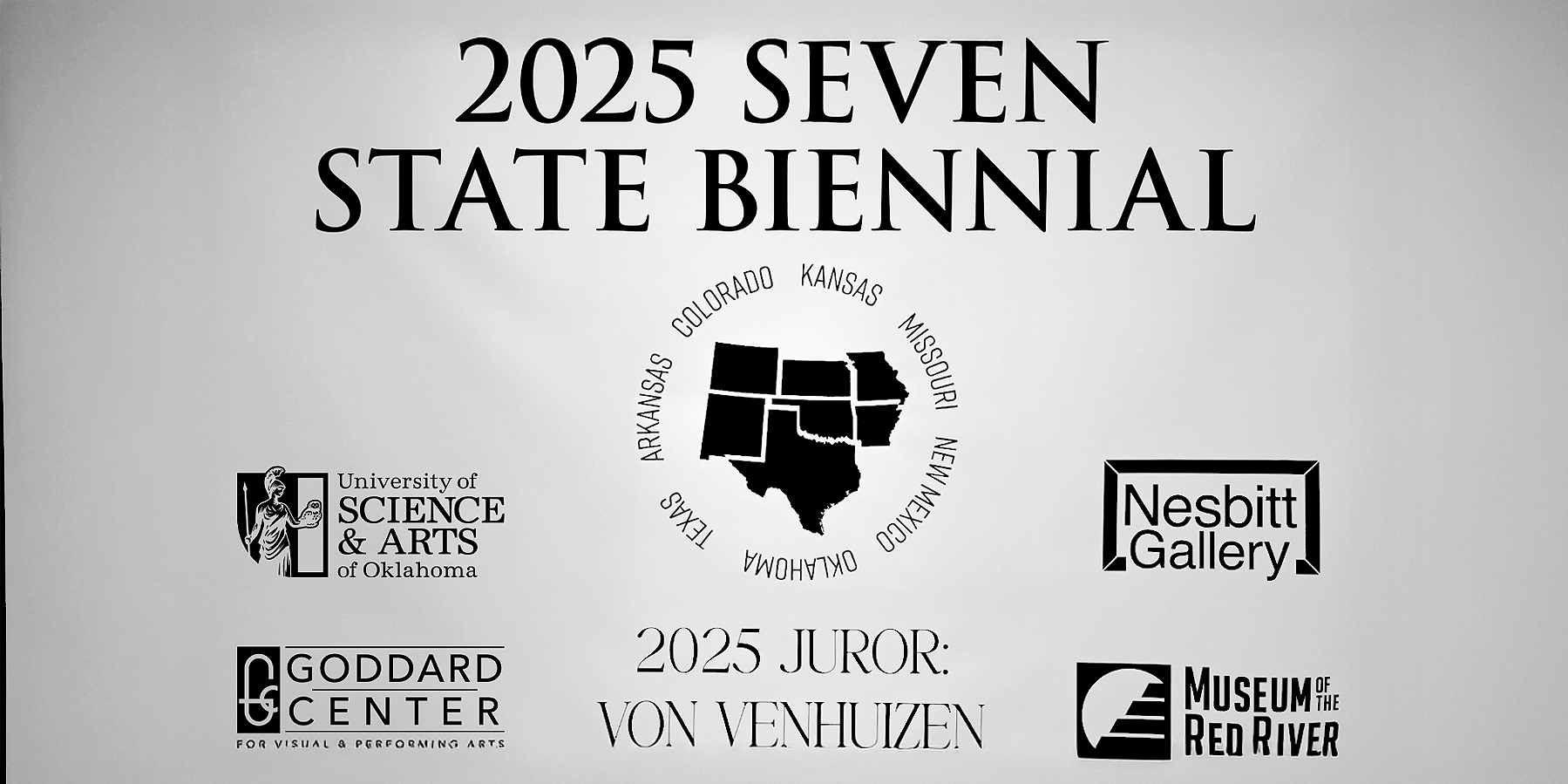
Seven State Biennial
The Seven-State Biennial is a juried art exhibition that celebrates the richness and diversity of contemporary art across the South Central United States. Open to artists residing in Oklahoma, Texas, Arkansas, Missouri, Kansas, Colorado, and New Mexico, the exhibition showcases a wide range of media, styles, and perspectives. By focusing on this specific region, the Biennial offers a unique snapshot of the creative energy shaping the visual arts in the American heartland.

Punchy Western Invitational
The show highlights the craftsmanship embedded in rodeo gear, the quiet strength of working horses, and the enduring stories of those who ride, rope, and live close to the land. With works both reverent and bold, this exhibit is a tribute to the communities that keep Western traditions alive—and punchy.
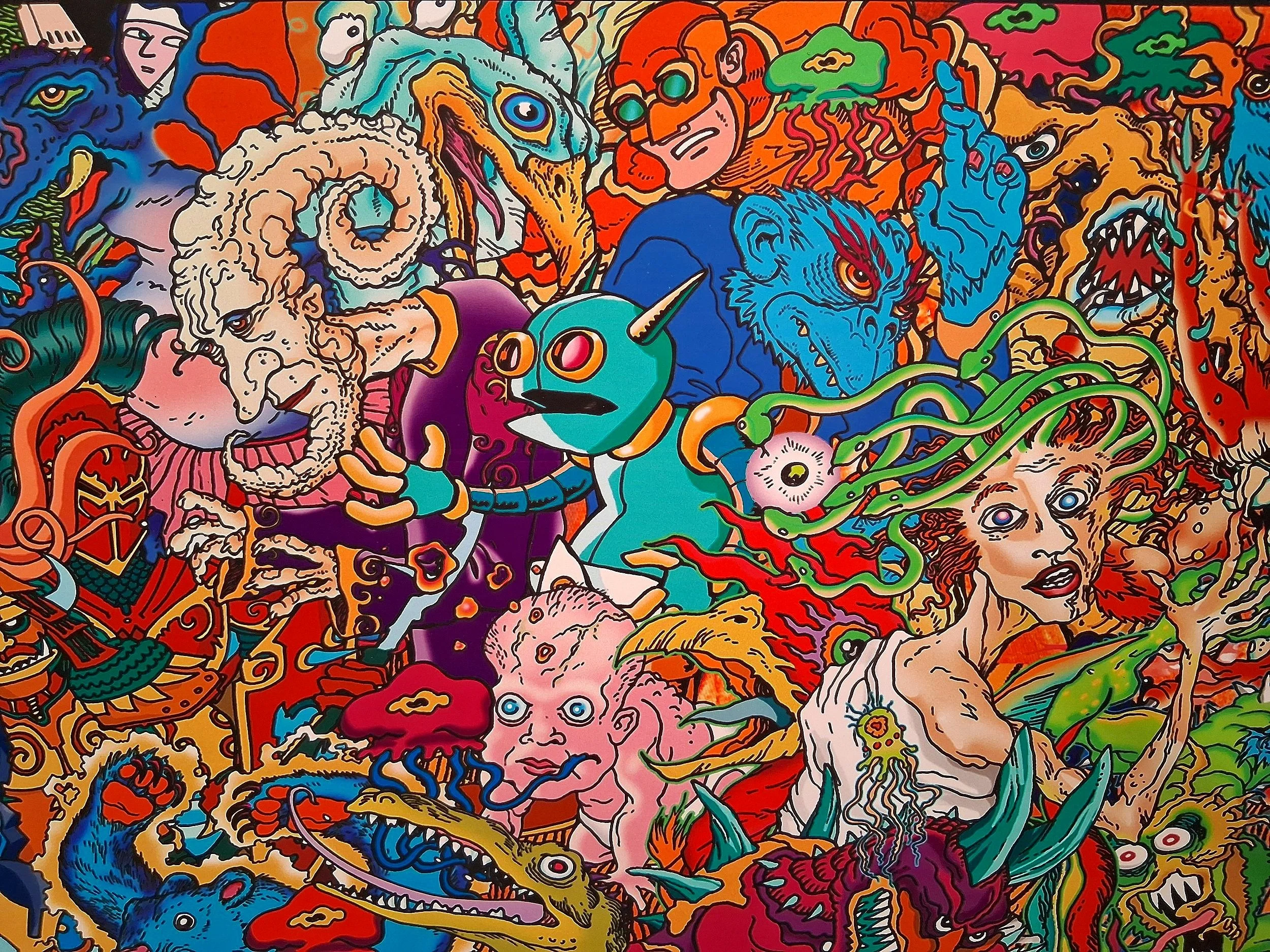
Stark Art
Kevin Stark has found he likes to work in so many different styles and mediums that he has started channeling his artistic energies through different artist “characters” that he has created. By creating different personas, Stark is able to paint in styles that are completely different than what he’s known for. So far, Stark has appeared in the guise of at least five other artists, besides himself. There’s no telling how many more may be lurking in the shadows, but its certain they will be fun.

55th Annual Goddard Center Juried Exhibit
TGC’s Juried Exhibit is an annual event that allows the general public to submit their pieces, have them critiqued, and [potentially] awarded for their excellence.
Entries may be submitted at $20 per piece, with a maximum of four (4) pieces per artist. All submissions will be due from April 29 - May 3, with critiques and acceptance emails being sent out by May 9.
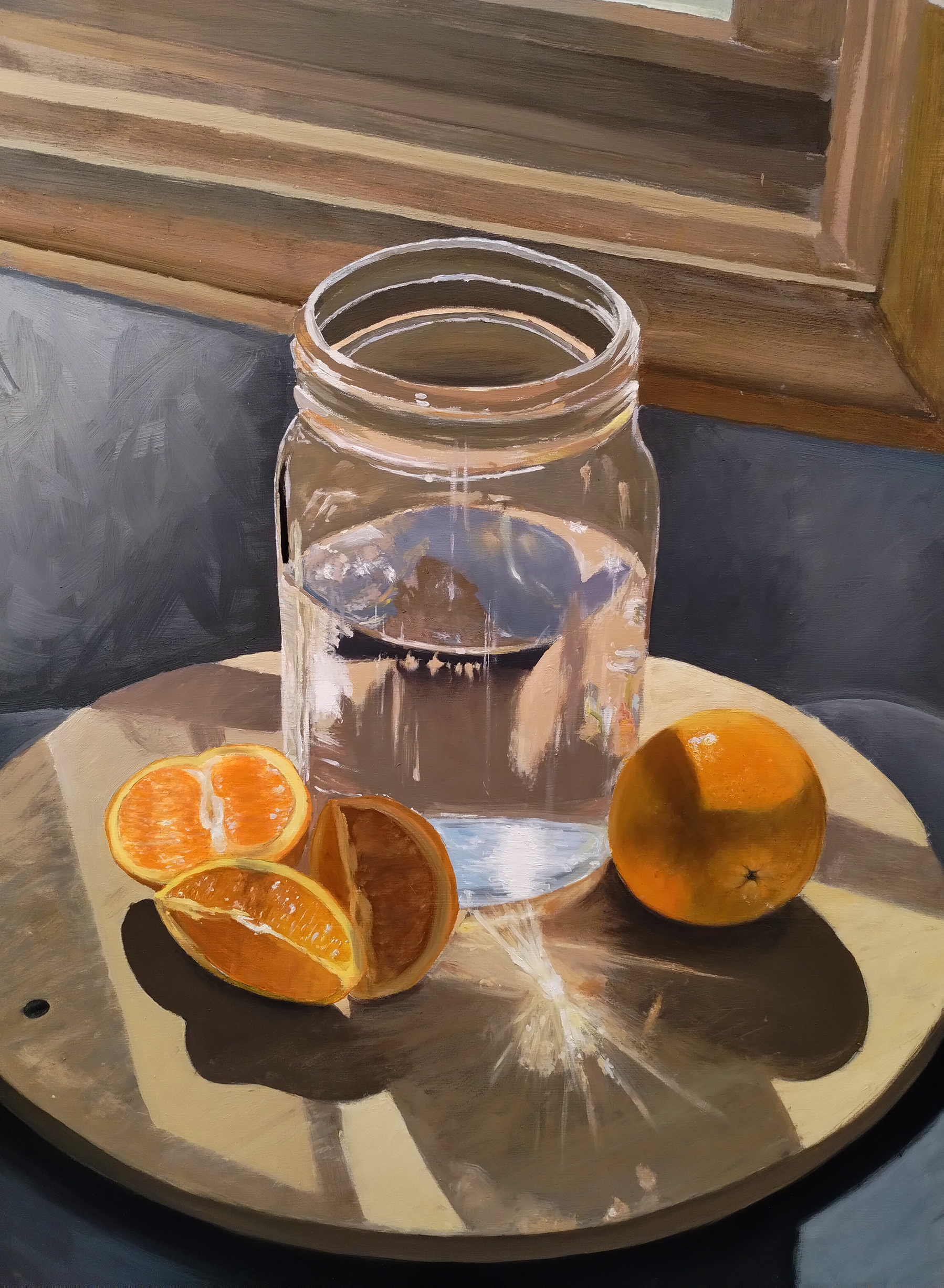
2025 All Schools Exhibit
Annually, TGC showcases the artwork of students from area schools in its annual All Schools Exhibit. In keeping with its mission of providing art education for the youth of south central Oklahoma, over seventy Art Studios educational scholarships are awarded during this exhibit. Receptions are held for elementary, middle and high school art students and are highly attended by hundreds of parents, grandparents, numerous family members and friends. A portion of sponsorships raised is allocated toward the scholarship awards.

Consuelo Kalkman Exhibit
Artist Consuelo Kalkman was born in McAllen, Texas, and spent her childhood in Monterrey, Mexico. A graduate of Oklahoma College for Women, in Chickasha, she has studied under a variety of art instructors throughout the United States - painting for over 60 years. Consuelo’s artistic explorations will be on display thru March 8th. A free reception with the artist will be on Thursday, January 23rd from 5:30 to 7 PM.
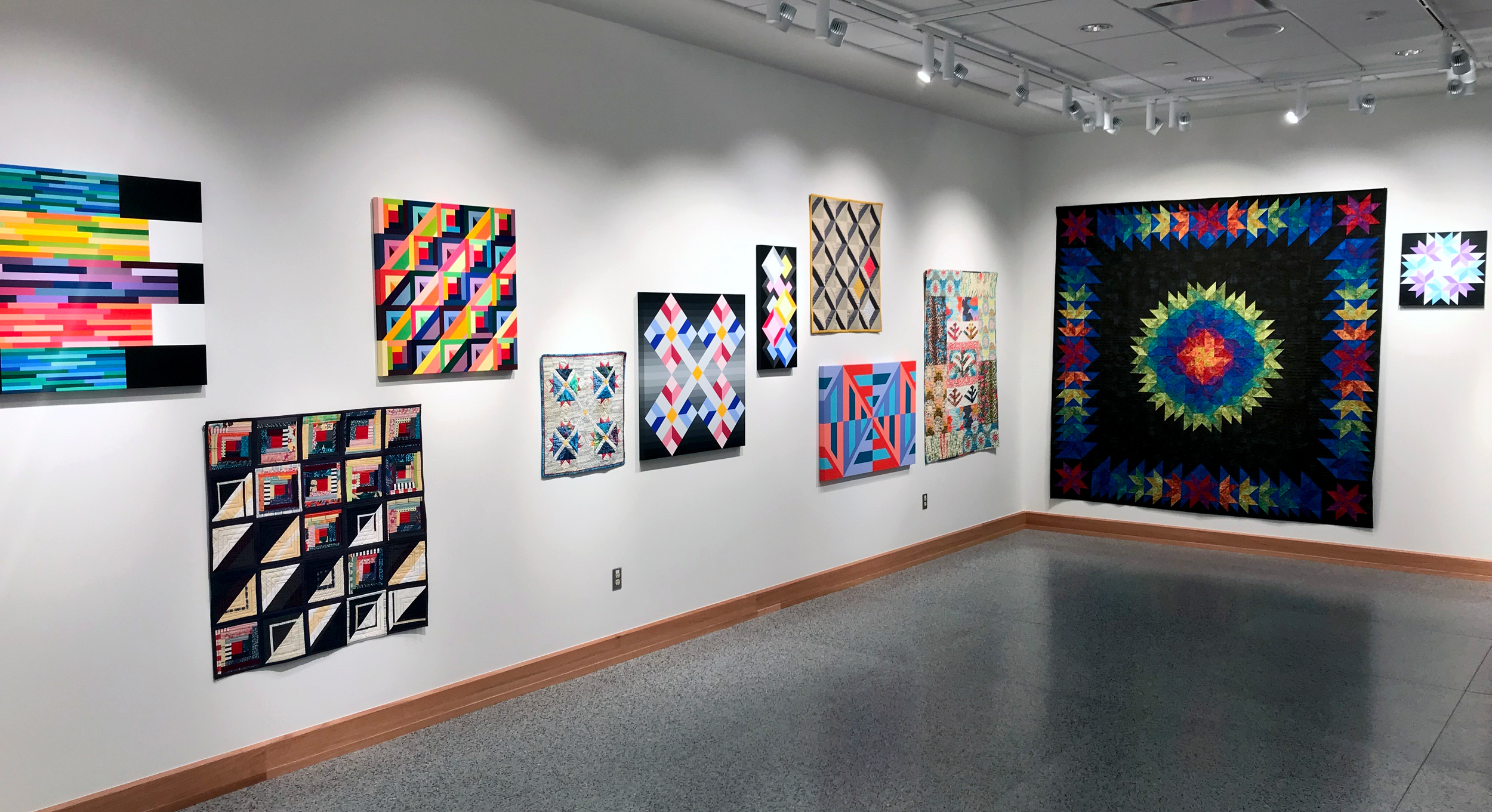
Unravel Exhibit
In “Unravel” eleven artists showcase a vibrant collection of fiber-inspired artworks, ranging from large to small scale and brimming with expressive storytelling. Some pieces draw on traditional techniques, such as quilting and embroidery, while others explore new and experimental methods pushing the limits of contrasting materials. This diverse exhibition includes over a hundred works by 11 artists.

2024 Regional Masters Exhibit
The Goddard Center invites you to engage with and enjoy a group exhibit by regional fine art masters Patsy E. Lane, Shirley Quaid and Paul Walsh. This exhibit highlights the inherent beauty found in the Oklahoma landscape and western way of life. The “Regional Masters” Exhibit on display now, will be open to the public through Saturday, November 16th. Goddard Center exhibits are always free and open to the public. An Exhibit Reception with the artists will be on Saturday, November 9th from 5:30 to 7pm.

54th Annual Goddard Center Juried Exhibit
TGC’s Juried Exhibit is an annual event that allows the general public to submit their pieces, have them critiqued, and [potentially] awarded for their excellence.
Entries may be submitted at $20 per piece, with a maximum of four (4) pieces per artist. All submissions will be due from July 9-13, with critiques and acceptance emails being sent out by July 19.
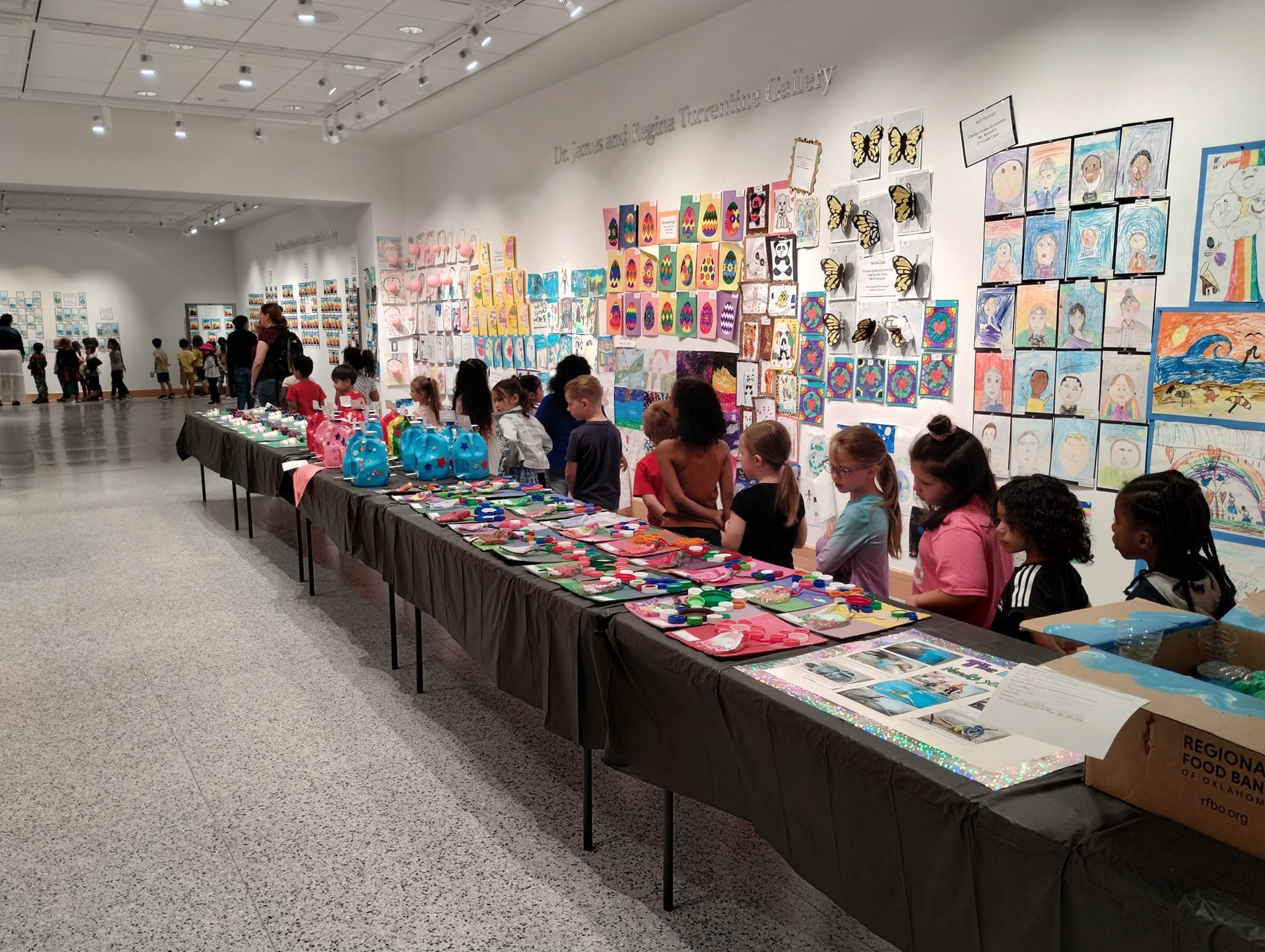
2024 All Schools Exhibit
Annually, TGC showcases the artwork of students from area schools in its annual All Schools Exhibit. In keeping with its mission of providing art education for the youth of south central Oklahoma, over seventy Art Studios educational scholarships are awarded during this exhibit. Receptions are held for elementary, middle and high school art students and are highly attended by hundreds of parents, grandparents, numerous family members and friends. A portion of sponsorships raised is allocated toward the scholarship awards.
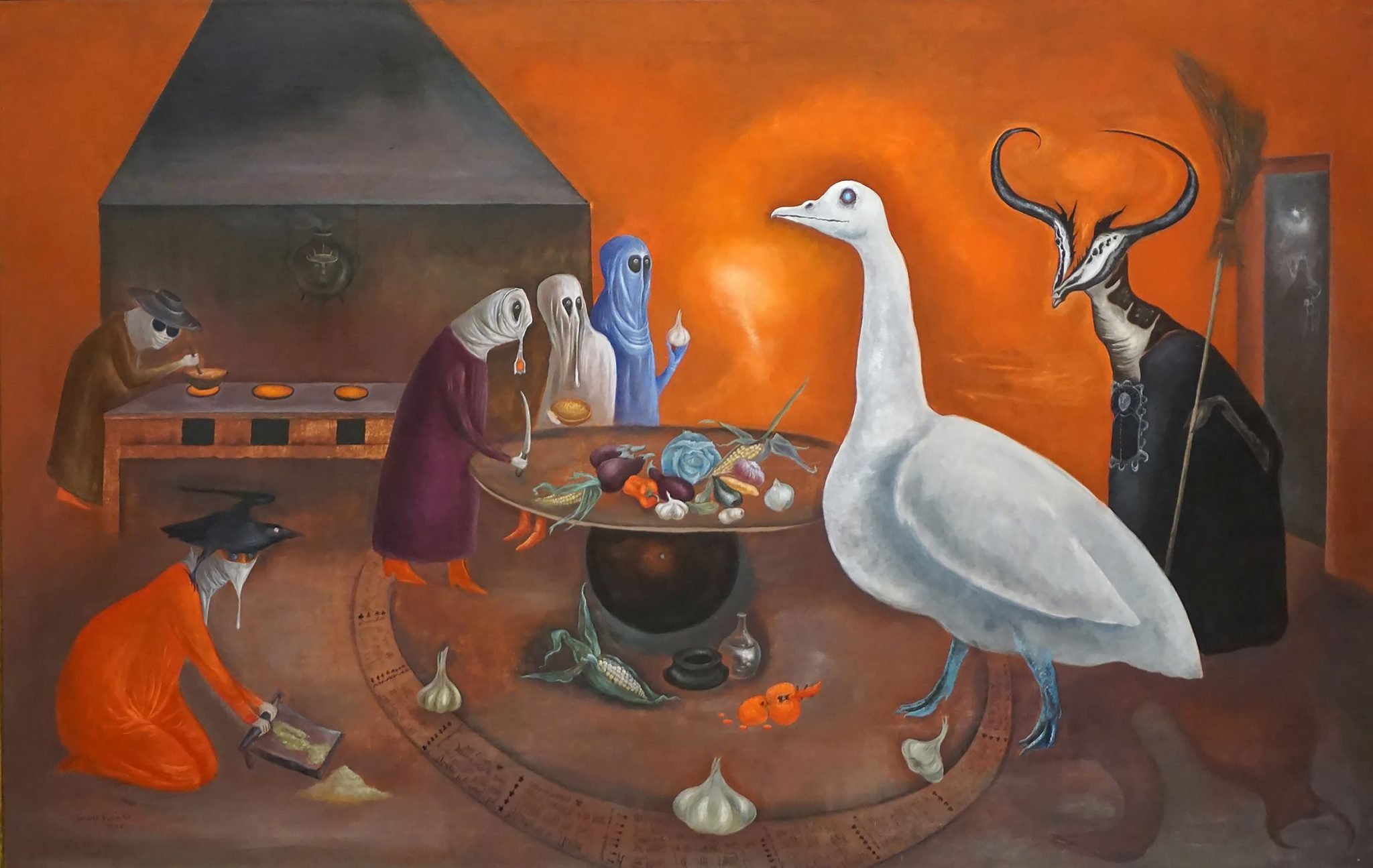
2019 Permanent Collection Exhibit
The Goddard Center’s Permanent Collection includes over 400 pieces of art and features works from Oklahoma Artists as well as artists from across the United States, Europe and Mexico. Our collection includes paintings, drawings, photographs, sculptures, lithographs, serigraphs, monotypes, intaglio prints and textile arts. It continues to grow with donations and acquisitions, and it helps us to fulfill our goal of providing access to high quality visual art experiences for residents of South-Central Oklahoma.

